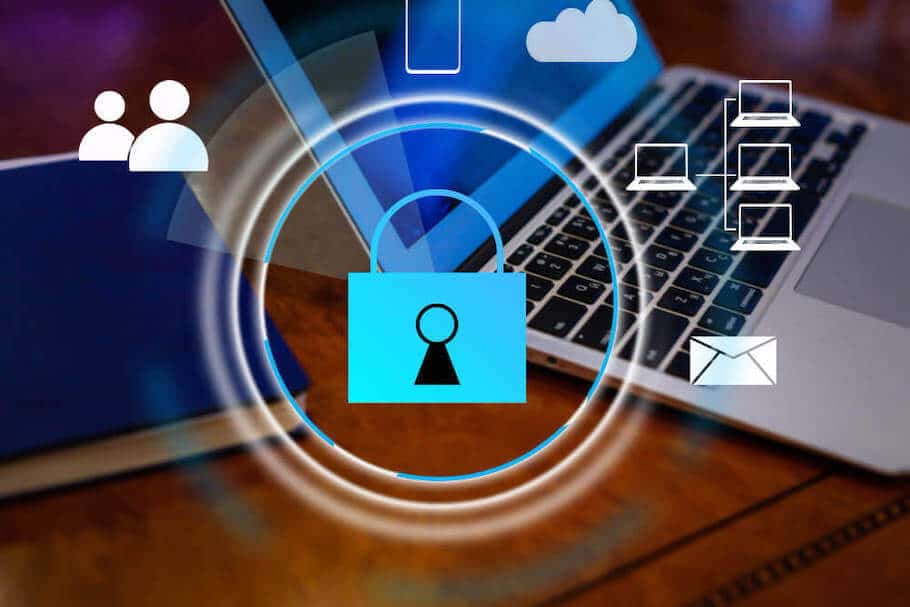
The requirement for strong Privileged Access Management (PAM) solutions is becoming increasingly obvious in the constantly changing cybersecurity landscape.
“Forecasts indicate that the worldwide Privileged Access Management (PAM) Market will expand from $2.9 billion in 2023 to $7.7 billion in 2028, a compound annual growth rate (CAGR) of 21.5%.”
Organizations must adjust their security strategy in response to the ever-evolving nature of cyber threats. This article will examine how Privileged Access Management has changed over the years, from the old paradigm of static rights to the new, safer paradigm of floating privileges.
Understanding Privileged Access Management
Strategically managing and overseeing the actions of people with elevated permissions is the goal of Privileged Access Management (PAM). It is essential to grasp the concept of privileged access to begin managing it.
Defining Privileged Access
Users with privileged access can access and modify important resources inside an information system. System administrators, IT staff, and other trusted professionals tasked with safeguarding an organization’s IT infrastructure often require this level of access.
The Traditional Model: Permanent Privileges
Permissions were frequently provided permanently in the early days of computers. A person’s increased permissions remain forever once granted a privileged role. Even though this method made access control easier, there were major security hazards for enterprises.
Challenges of Permanent Privileges
Forrester found that security breaches are twice as common since 83% of firms lack an established strategy for identity and access management (IAM) solutions.
The simple plan brought several difficulties that had a major effect on cybersecurity. Aside from increasing the attack surface, the idea of perpetual privileges—where higher access was held indefinitely—also increased the dangers of insider threats and complicated governmental compliance operations.
More adaptive and secure access management systems have evolved in response to the issues presented by the classic paradigm of permanent privileges, which will be discussed in depth following:
- Attack Surface Expansion: Permanent privileges caused a wide attack surface. An attacker can compromise private information, disrupt activities, or start other harmful actions if an account with higher rights falls into the incorrect hands.
- Insider Threats: With permanent privileges comes a greater danger of insider threats. Permanently granting access to employees or administrators raises the risk of security breaches caused by their accidental or malicious misuse of power.
- Compliance Concerns: Permanent privileges made Implementing regulatory compliance requirements more difficult. It became more difficult for firms to show they were following industry standards due to the complexity of auditing and monitoring these rights.
The Shift Towards Temporary Privileges
A paradigm change happened as the cybersecurity landscape evolved and corporations realized the risks of permanent privileges. The traditional paradigm of permanent rights was superseded by time-bound access, marking the birth of dynamic access management.
Businesses started to embrace the notion of offering higher rights just for defined durations, decreasing the possible exposure window after realizing they needed a simpler and more adaptable approach to access management.
Dynamic Privileged Access
Organizations started moving towards adaptive access management after realizing the risks of permanent privileges. Time-bound privileges were important to this since they reduced the window of opportunity for abuse.
Benefits of Temporary Privileges
Some of the most significant advantages of temporary privileges are as follows:
- Minimal Contact: Organizations reduce the chance of being exposed to threats for an extended period by using temporary privileges. The restricted duration of elevated access mitigated the risk of unlawful actions, even if credentials were compromised.
- Improved Supervision: Better auditing and monitoring were made possible via dynamic access by keeping meticulous records of who used privileged access and when security professionals could quickly spot suspicious activity.
- Improved Compliance: The regulatory compliance needs were better met by temporary privileges. By showing that they have tighter access control, organizations might give auditors a better idea of how secure they are.
Zero Standing Privileges: The new Zero-trust approach to PAM with Dynamic Access and Just-in-time grants
The ZSP model represents a paradigm shift in access control away from the traditional paradigms of permanent and temporary credentials. In this part, we’ll explore Zero Standing Privileges, a paradigm change that greatly improves security postures, by looking at its underlying concepts.

Zero Standing Privileges: A Conceptual Framework
With the ever-changing nature of cyber threats, a new paradigm called Zero Standing Privileges (ZSP) was born. This method proposes doing away with persistent privileges so that everyone—including administrators—begins with limited access and only gets the rights they need to do their jobs.
Key Principles of Zero Standing Privileges
The fundamental ideas behind zero-standing privileges are as follows:
- Just-In-Time Access: Using the concept of just-in-time access, Zero Standing Privileges function. Temporarily enhanced permissions are provided to users to facilitate the completion of tasks. Those rights are removed after the task is finished.
- Least Privilege Principle: An essential component of zero-standing privileges is the concept of least privilege. By granting users just the permissions they need to do their jobs, we can lower the attack surface and mitigate the effects of any security incident.
- Continuous Monitoring: To quickly detect any user activity that deviates from the anticipated, ZSP relies on continuous monitoring. Automated technologies and analytics are vital to keep privileged access under constant surveillance.
Implementing Zero Standing Privileges
Some simple techniques to implement zero-standing privileges are as follows:
- Technology Enablers: ZSP deployment is not possible without IAM solutions. To ensure that users only have access to what they need for their current work, these tools make it easy to provide and de-provision rights.
- Managing Privileges and Delegation: Techniques for managing delegation and privilege elevation are essential to alter permissions dynamically. With these resources, businesses can lessen the dangers of standing privileges by adopting the just-in-time access strategy.
- Cultural Shift: Organizational culture must change to implement Zero Standing Privileges. Implementing ZSP effectively is crucial to emphasizing security consciousness, training, and the inculcation of user responsibility.
Challenges and Considerations
It is essential to know the ins and outs of Privileged Access Management (PAM) and how it affects current cybersecurity techniques.
“A study of over a thousand IT experts conducted by market research firm FINN Partners found that, without adequate security measures, privileged accounts are susceptible to compromise.”
The complex factors to be considered are as follows:
Resistance to Change
The move from traditional permanent privileges to the more dynamic Zero Standing Privileges (ZSP) paradigm comes with resistance to change. Workers can become unsettled by the change if they are used to the ease of continual access. It will need more than just technical considerations to overcome this reluctance.
To acquaint people with the new paradigm in access management, it is essential to implement thorough training programs highlighting the significance of responding to changing cyber threats and the advantages of increased security.
Communicating the rationale behind the change, answering possible questions, and encouraging participation in the decision-making process clearly and openly are equally important.
Organizations should prioritize change management tactics that foster a positive attitude towards ZSP. This will help transform any possible opposition into a collaborative effort to strengthen cybersecurity overall, acknowledging the human factor in this shift.
Technical Complexity
Due to the technological complexity of ZSP implementation, a thorough integration process and a great deal of planning and work are required. Coordinating thoroughly to merge privilege management technologies with identity and access management systems is crucial.
This complex process requires an in-depth familiarity with the current IT infrastructure, its weak spots, and the best way to arrange different systems to implement dynamic access restrictions.
In addition, to build a robust security architecture, businesses must deal with the difficulty of ensuring multiple technologies function together.
Optimal Security and User Experience
Businesses must balance security with operational efficiency, even if Zero Standing Privileges (ZSP) significantly improve security by following the least privilege paradigm and just-in-time accessibility principles. To strengthen defenses against possible security breaches, it is vital to create stringent access restrictions.
However, companies must be careful that these measures don’t influence consumers’ legitimate tasks. To find the ideal balance, one must deeply comprehend user processes and leverage advanced technologies that combine strong security features with a smooth and fast user experience.
Securing the Future: Embracing Zero Standing Privileges with Whiteswan Identity Security
Traditional PAM solutions still rely on credential rotation and password vaults for Server PAM and static user credential rotation for Dynamic access. Using credential rotation, password, or static user credentials does not qualify as zero-trust, as malicious actors have evolved ways to steal any credential or password. In order to do real zero-trust for privileges you have to move away from these older methods and go towards a future where you extend passwordless and ephemeral techniques for managing privileges and access lifecycle for users.
Whiteswan enables enterprises to dynamically grant and revoke credentials with its comprehensive Privilege and Dynamic Access Management (PAM) capabilities. Whiteswan platform is a new way to lay out the Zero-standing-privileges architecture, and it has a simple architecture where a single unified agent can be deployed on Servers, AD controllers, and endpoints and enables you to converge your Endpoint PAM, Server PAM, ITDR, Trusted access w/ governance workflows, and VPN in a single platform.
With the platform’s granular control over privileges and built-in security measures, moving away from traditional access models is a breeze. Whiteswan improves security posture and ensures firms can handle changing cyber threats by constantly monitoring, adjusting access restrictions, and focusing on cultural change. By integrating ZSP with Whiteswan Identity Security, enterprises can prepare themselves for the ever-changing digital ecosystem and its complex threats.
Using Whiteswan Identity Security, businesses can strengthen their security measures now and prepare for the future to withstand the complex threats the digital world throws at them. A cultural and technological revolution is underway with the transition from permanent to Zero Standing Privileges, and Whiteswan Identity Security is pivotal in enabling and safeguarding this sea change.



